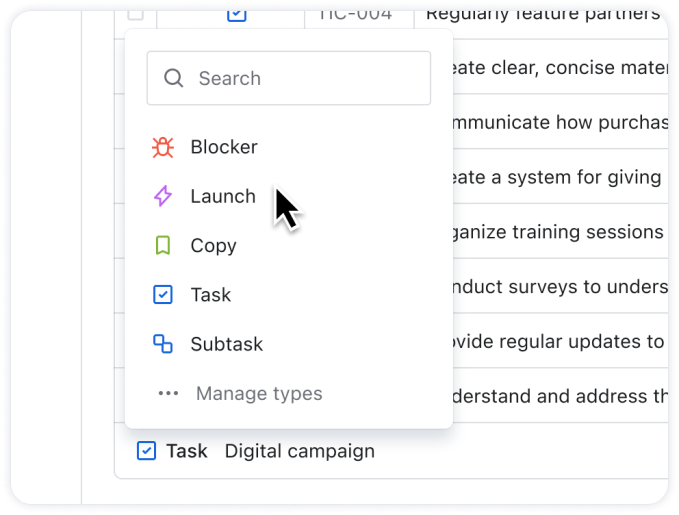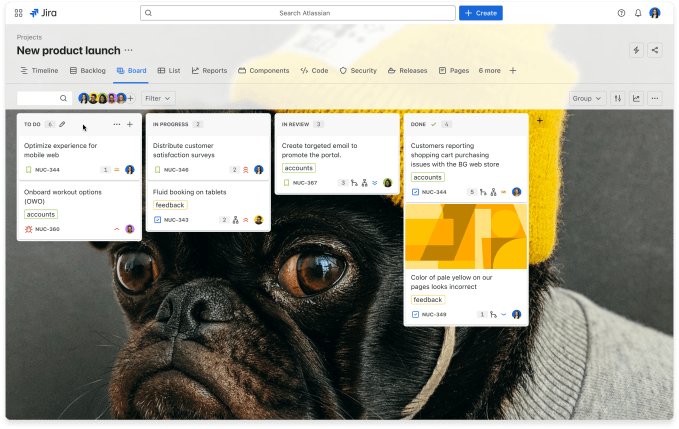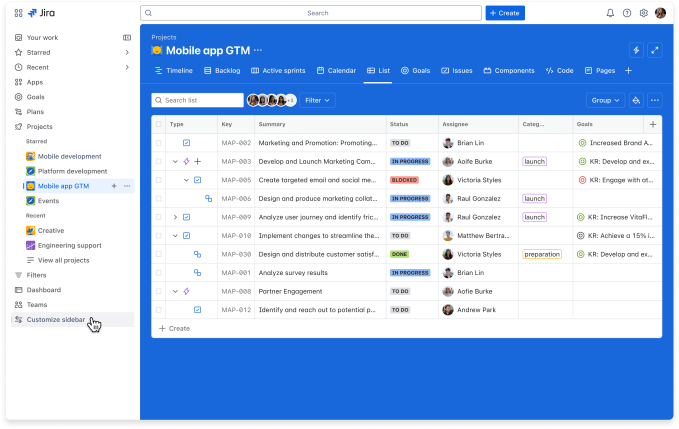Atlassian's Jira has had it with your issues
Atlassian recently announced its plans to combine its Jira Software tools for developers and Jira Work Management tool for business teams into a single product. Jira was originally for developers and the teams that directly support them, but over time, it also became popular with business teams. That's a trend Atlassian quickly capitalized on with the launch of different Jira versions that cater to the needs of these teams. But now, more than ever, developers and business teams need to collaborate, and the new Jira is meant to remove these old siloes.
At its Team '24 Europe event, the company on Wednesday announced the next steps for the new Jira, including a new look and new customization options. But what may come as the biggest shock is that Atlassian is retiring "issues" as the default monicker for the work tracked in Jira. While "issues" are still an option, users can now choose what they want to call their work, whether that's a "task," "subtask," "blocker," or "launch." Some of those may still present many issues, but you don't need to call them that anymore.

With this release, Jira is also getting a new simplified navigation experience that allows users to customize the left-side navigation bar to their liking. And talking about customization, just like in Trello, people can now change the background colors, images, and card covers in Jira to whatever they prefer.

For program managers, Jira is adding a feature just for them: program boards. Those boards sit somewhere between detail-focused Kanban boards and a team calendar, with the new board displaying the main work items across multiple teams on a customizable cadence, depending on how a company's teams work.
Also new in Jira are project templates, which allow enterprises to scale their processes across different organizations.
Of course, no product launch these days is complete without a few new AI-powered features. In the case of Jira, this means two new features: Loom, Atlassian's asynchronous video messaging platform, can now automatically generate an issue a work item based on the video transcript, and Jira itself can now automatically break down a larger work task into smaller subtasks. How well all of this works in practice remains to be seen, of course.


 Yahoo Finance
Yahoo Finance 